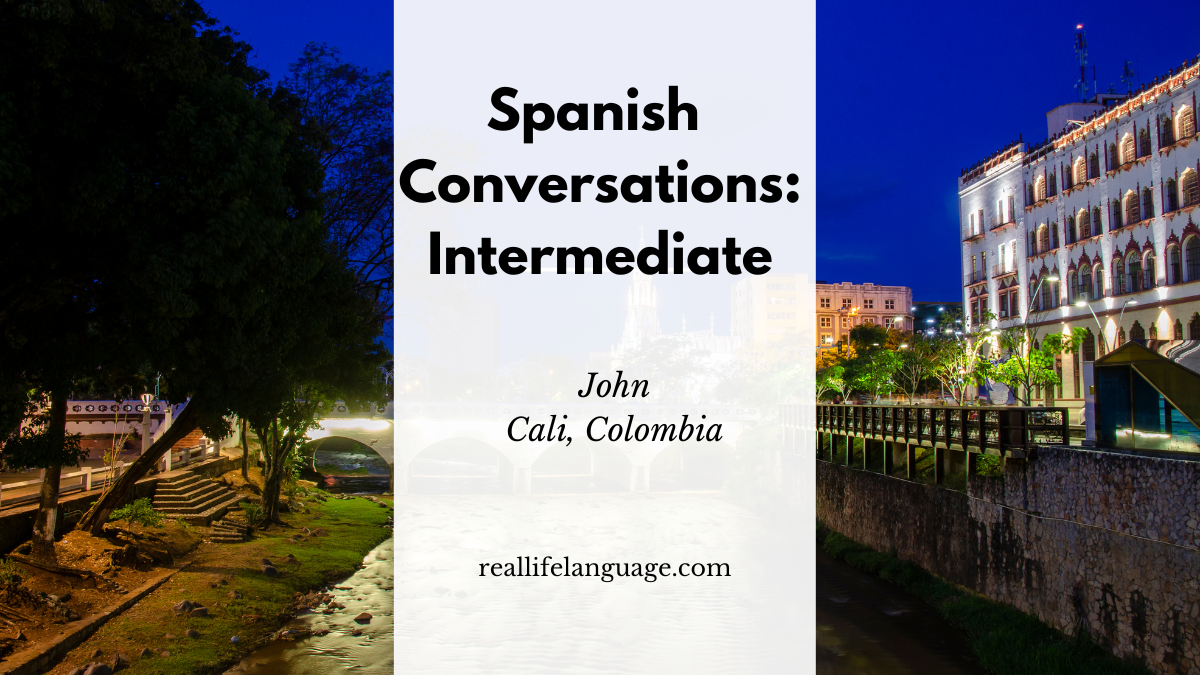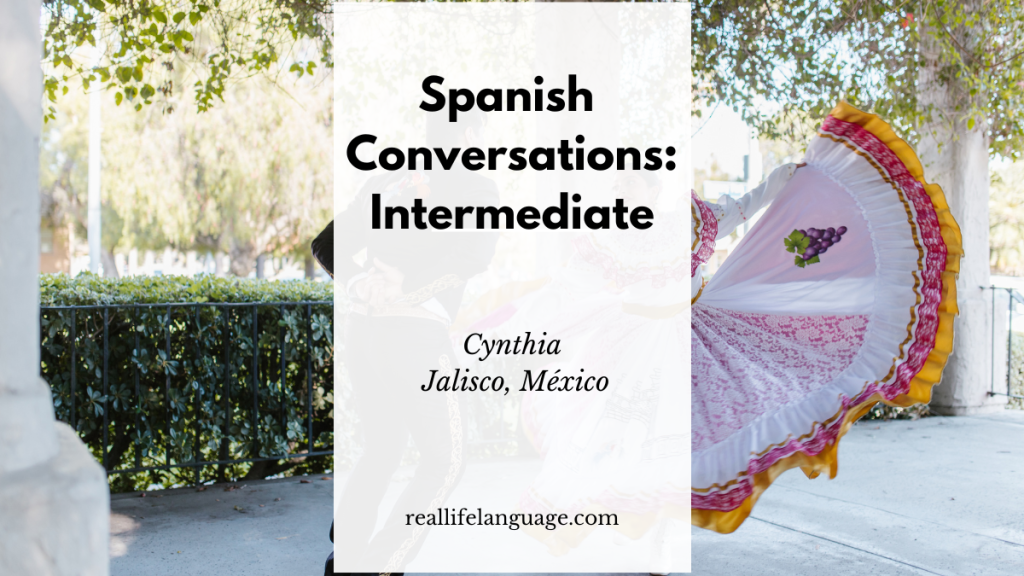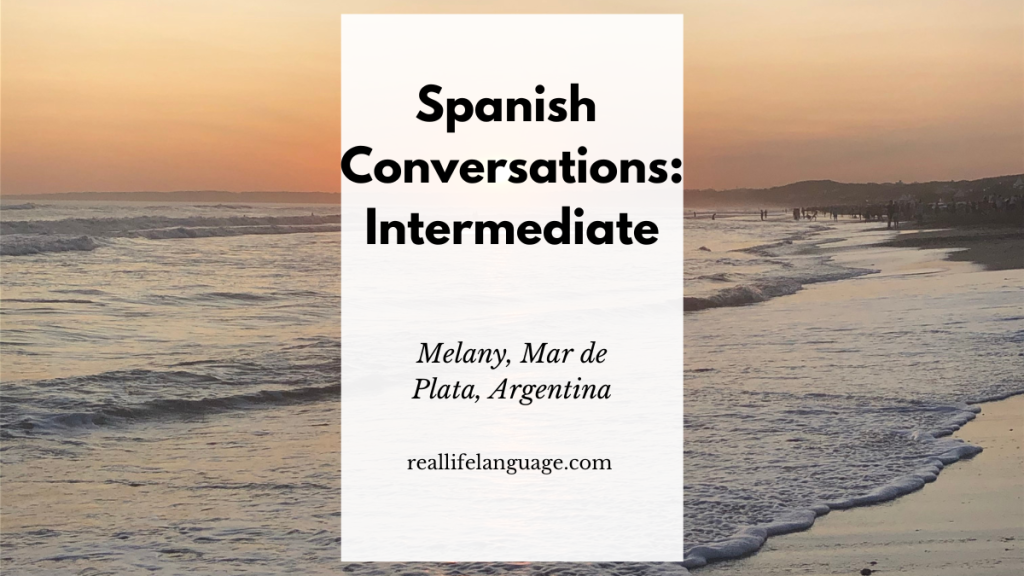
This article is based on a conversational practice video produced by a language educator and aims to help learners use authentic speech to learn Spanish. It breaks down a natural interview between two speakers, highlights useful vocabulary and phrases, and offers practice tips to help readers improve comprehension and speaking skills. If the goal is to learn Spanish, studying this kind of conversation is an excellent way to build listening, vocabulary and cultural knowledge.
Overview of the conversation
The conversation follows John, a teacher from Cali, Colombia, who talks about memorable life events, family, work, culture and views on technology and health. His tone is calm and reflective, and he often explains ideas using everyday vocabulary—perfect for intermediate learners who want to build practical communication skills. Key themes include family life (the birth of his son), community and culture (Cali as the capital of salsa), views on health care, and the role of technology in education.
Unforgettable moments and family
John describes an unforgettable day: the birth of his son, who was unexpectedly born at eight months. This personal story uses simple past and descriptive language—useful structures for learners practicing narrative tenses in Spanish.
- Useful sentence pattern: Nació a los ocho meses. (He was born at eight months.)
- Expression to practice: Fue un día que nunca olvidaré. (It was a day I will never forget.)
Personality, work and future plans
John explains his personality: tranquilo, paciente, and good at teamwork—traits he connects to his role as a teacher. He also expresses hope for job stability so he can watch his son grow. These parts of the conversation offer helpful adjectives and future-tense structures.
- Adjectives: tranquilo (calm), paciente (patient), trabajador en equipo (team player)
- Future plan phrase: Me gustaría quedarme allí por mucho tiempo. (I would like to stay there for a long time.)
Community, culture and leisure
John paints a picture of Cali: a festive city known as the capital of salsa, influenced by Spanish, indigenous and Afro-descendant cultures. He mentions parks, sports, salsa fairs and nightlife. Learners can pick up cultural vocabulary and practice describing a city or community.
- Culture phrases: la capital de la salsa, feria de la salsa, influencias afrodescendientes
- Leisure vocabulary: correr (to jog), montar en bicicleta (to ride a bike), bailar (to dance)
Health, education and technology
John shares critical views on the health system—public services often require long waits, while those with more resources can pay for faster private care. He also discusses how technology affects learning: children have information at their fingertips but may lack skills to use it critically or apply it in real-life contexts.
- Health phrases: sistema de salud, servicio público, servicio privado, largas filas
- Education & tech: acceso a la información, uso responsable de la tecnología, aprendizaje presencial vs virtual
Nature, art and literature
Colombia’s biodiversity and geography come up: coasts, mountains, Amazon and plains. In the arts, John notes that music often receives more support than visual arts, and he names Gabriel García Márquez and the local writer Andrés Caicedo as literary references. These sections supply geography and cultural vocabulary useful for travel or discussion.
Useful Spanish words and phrases from the conversation
- nacer / nació — to be born / he/she was born
- tener paciencia — to have patience
- trabajar en equipo — to work as a team
- ser festivo — to be festive
- sistema de salud — health system
- uso responsable de la tecnología — responsible use of technology
- ser afromestizo / afrodescendiente — Afro-descendant
Practical activities to learn Spanish using this conversation
- Shadowing: Listen to short segments and repeat aloud, copying rhythm and intonation.
- Role-play: Take the role of the interviewer or John; practice asking and answering questions about family, work and culture.
- Vocabulary notebook: Write new words with a sample sentence (Spanish + English) and review daily.
- Summary practice: After listening, write a 100-word summary in Spanish about one theme (e.g., health or culture).
- Compare tenses: Identify past, present and future verbs from the conversation and create your own sentences using them.
Conclusion
Authentic conversations like this one are rich resources for learners who want to learn Spanish with natural speech, cultural context and usable phrases. By focusing on vocabulary, pronunciation and short speaking activities, intermediate learners can turn a single conversation into a week of targeted practice. Revisit the audio, repeat the exercises and incorporate the phrases into daily speech to build confidence and fluency.
100s of videos to learn Spanish:
https://real-life-language.kit.com/b1531a6404
Learn Spanish with an Intermediate Conversation: Maria from Uruguay

